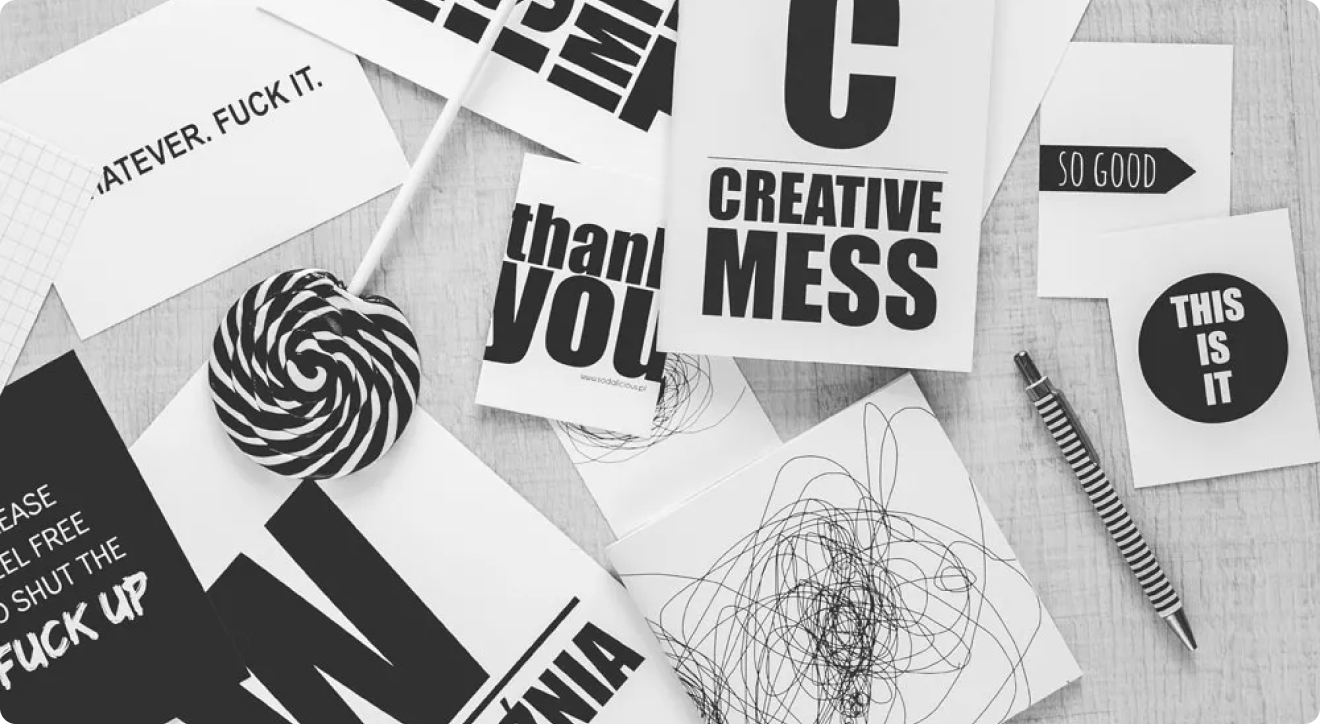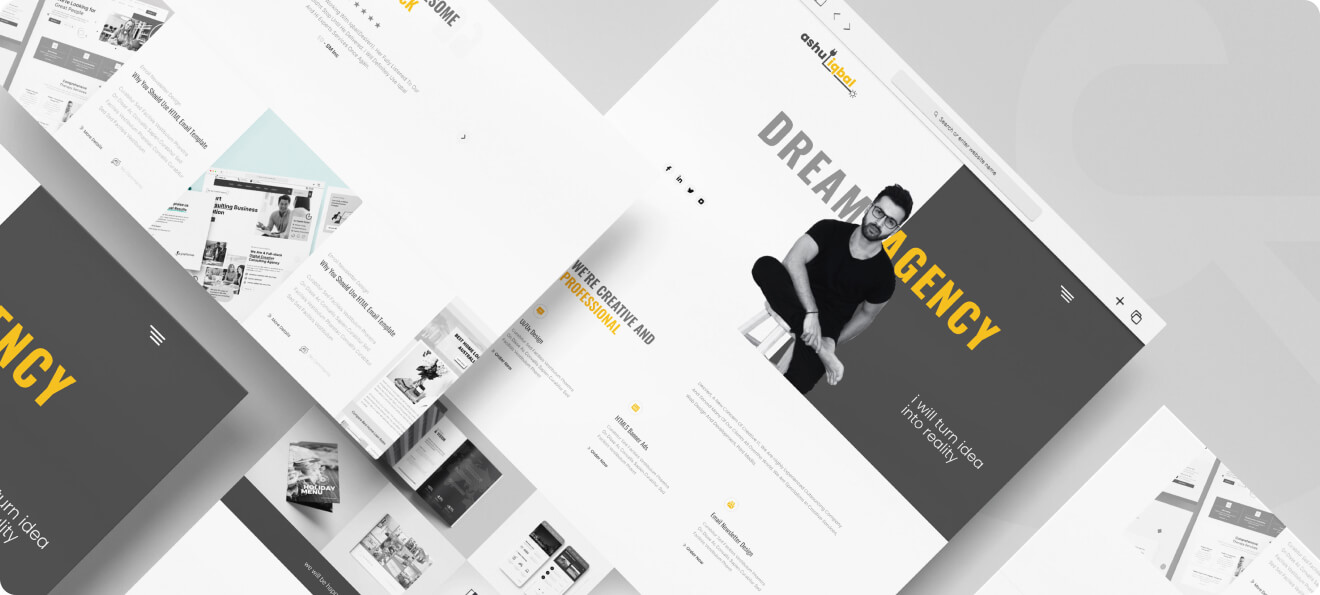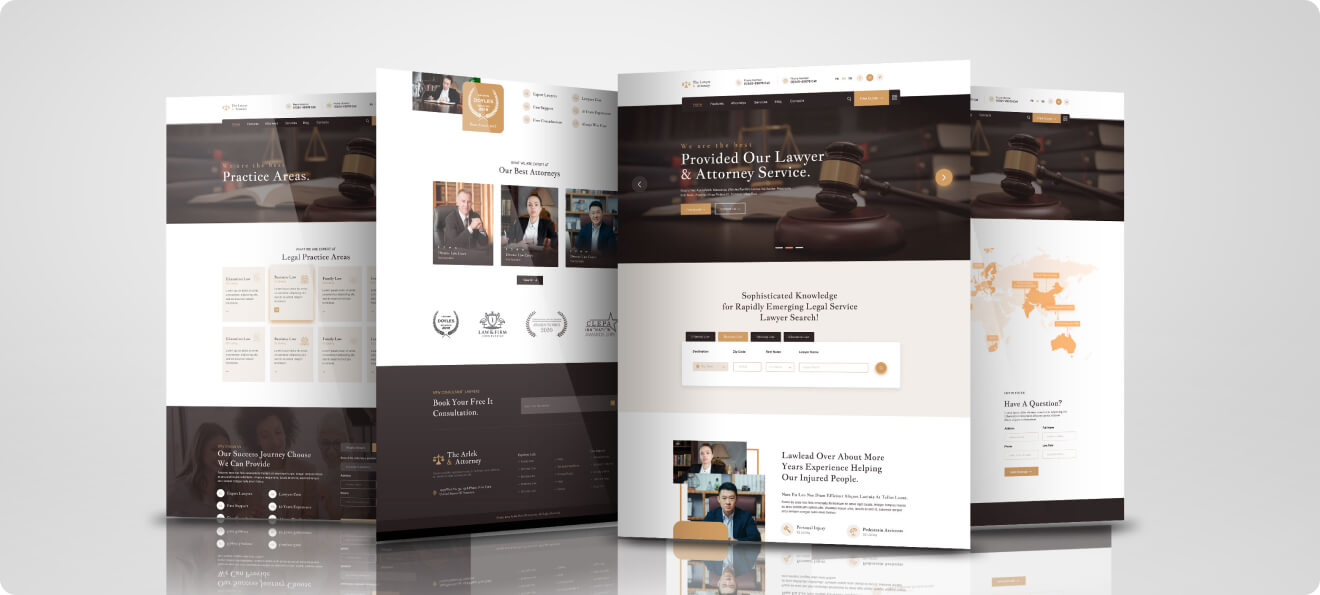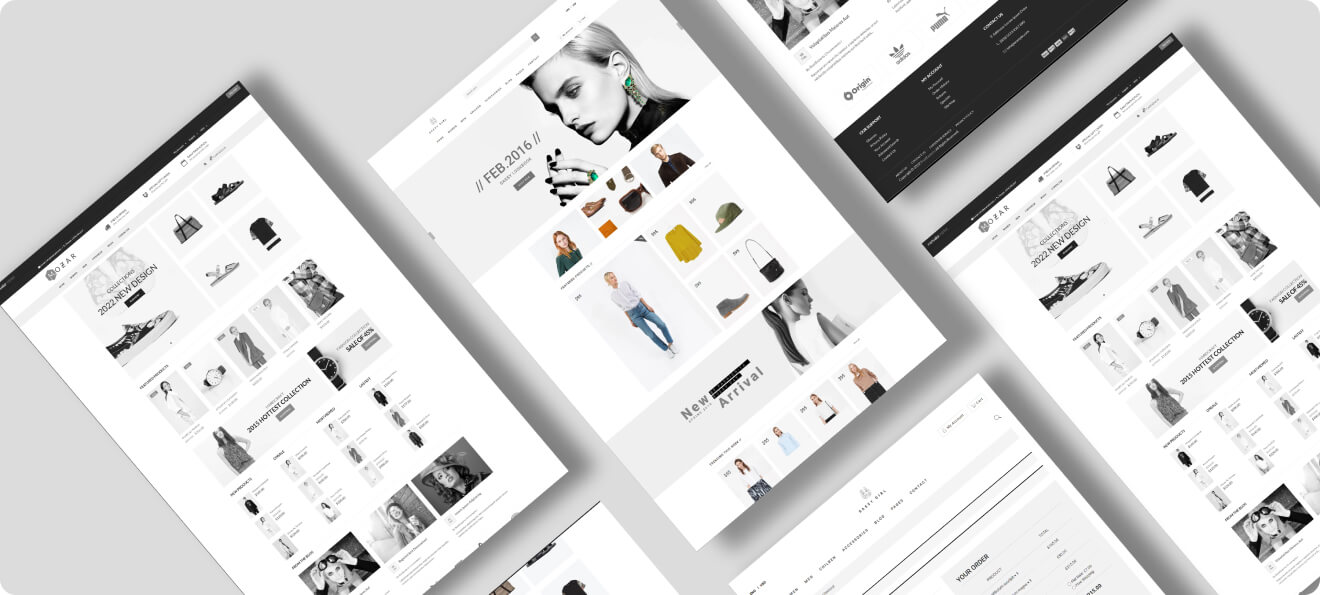As the digital landscape continues to evolve, the importance of user interface (UI) and user experience (UX) design cannot be overstated. These disciplines are at the forefront of creating engaging, intuitive, and visually appealing digital products that meet the needs and expectations of users. In 2023, UI and UX design trends are set to take a significant leap forward, incorporating both AI and general updates to create compelling and innovative user experiences. In this article, we will explore the latest UI and UX design trends for 2023, including the emerging trends in user interface design, user experience design, web design, and AI.
In 2023, UI and UX design will become even more crucial to businesses looking to differentiate themselves in an increasingly competitive digital landscape. By focusing on creating personalised, emotionally resonant experiences, designers can help brands build stronger relationships with their customers.”
– Aarron Walter, VP of Design Education at InVision
UI Design Trends:
- Minimalism – Minimalist design continues to be a dominant trend in UI design. The use of clean, simple design elements and negative space allows for easy navigation and helps users to focus on the content.
- Dark mode – Dark mode has become increasingly popular over the past few years and is expected to continue its upward trend in 2023. It provides an elegant, sleek design and can reduce eye strain and improve battery life on mobile devices.
- Custom illustrations – Custom illustrations are being used more frequently to help brands stand out from the competition. They add a personal touch to the design and convey complex concepts in a simple, visually appealing way.
UX Design Trends:
- Personalization – Personalization is becoming increasingly important in UX design. With the rise of AI, designers are using data to create personalised experiences for users, tailoring content and design elements to their interests, preferences, and behaviour.
- Voice interfaces – Voice interfaces are rapidly gaining traction and are expected to become more prevalent in 2023. They offer a hands-free, natural way for users to interact with digital products, and they can provide a more personalised experience.
- Micro-interactions – Micro-interactions are small, subtle animations that respond to user behaviour. They can provide feedback, guide users through a process, or simply add a touch of delight to the user experience.
User Interface Design:
- 3D design – 3D design is becoming more accessible and is expected to be a significant trend in UI design in 2023. It allows designers to create interactive, immersive experiences that engage users and bring digital products to life.
- Asymmetry – Asymmetry is a design trend that has been gaining popularity in recent years, and it is expected to continue its upward trajectory in 2023. Asymmetrical designs can be visually interesting and provide a unique, memorable experience for users.
- Gradients – Gradients have been used in design for decades, but they are making a comeback in 2023. They can add depth and dimensionality to a design and can be used to create eye-catching backgrounds or to highlight important elements.
User Experience Design:
- Emotional design – Emotional design focuses on the user’s emotions and feelings, creating experiences that are memorable and meaningful. It aims to create a connection between the user and the product and can help to build brand loyalty.
- Inclusive design – Inclusive design is a trend that has gained significant momentum in recent years and is expected to continue its upward trajectory in 2023. It involves designing products that are accessible and usable by everyone, regardless of their abilities or disabilities.
- Gamification – Gamification involves incorporating game-like elements into non-game contexts, such as learning or fitness apps. It can make products more engaging and can help to motivate users to achieve their goals.
Web Design Trends:
- Interactive storytelling – Interactive storytelling involves using multimedia elements, such as video, audio, and animation, to create immersive, engaging experiences. It can be used to tell brand stories, showcase products, or provide educational content.
- Responsive design – Responsive design has been a trend for several years, but it’s still essential in 2023. With the increasing use of mobile devices and different screen sizes, designers need to ensure that their designs are optimised for all devices.
- Neomorphism – Neumorphism is a design trend that involves creating a realistic, 3D effect on a flat design. It can add depth and dimensionality to a design and provide a unique, memorable experience for users.
“The integration of AI into UI and UX design is transforming the way we create digital products, allowing for more intelligent, conversational interactions with users. As designers, we must continue to explore new ways of incorporating AI into our designs to create more seamless, personalised experiences.”
– Sara Wachter-Boettcher, Author and Design Strategist.
AI Updates:
- Chatbots – Chatbots are becoming more intelligent and conversational, allowing for more natural interactions with users. They can provide support and guidance, answer questions, and complete tasks, making them a valuable tool for businesses.
- Predictive analytics – Predictive analytics uses machine learning algorithms to analyse user data and make predictions about user behaviour. This can help designers create personalised experiences for users and anticipate their needs and preferences.
- Virtual assistants – Virtual assistants, such as Siri and Alexa, are becoming more sophisticated, and their integration with other products is increasing. They can help users complete tasks, provide information, and even control smart home devices.









